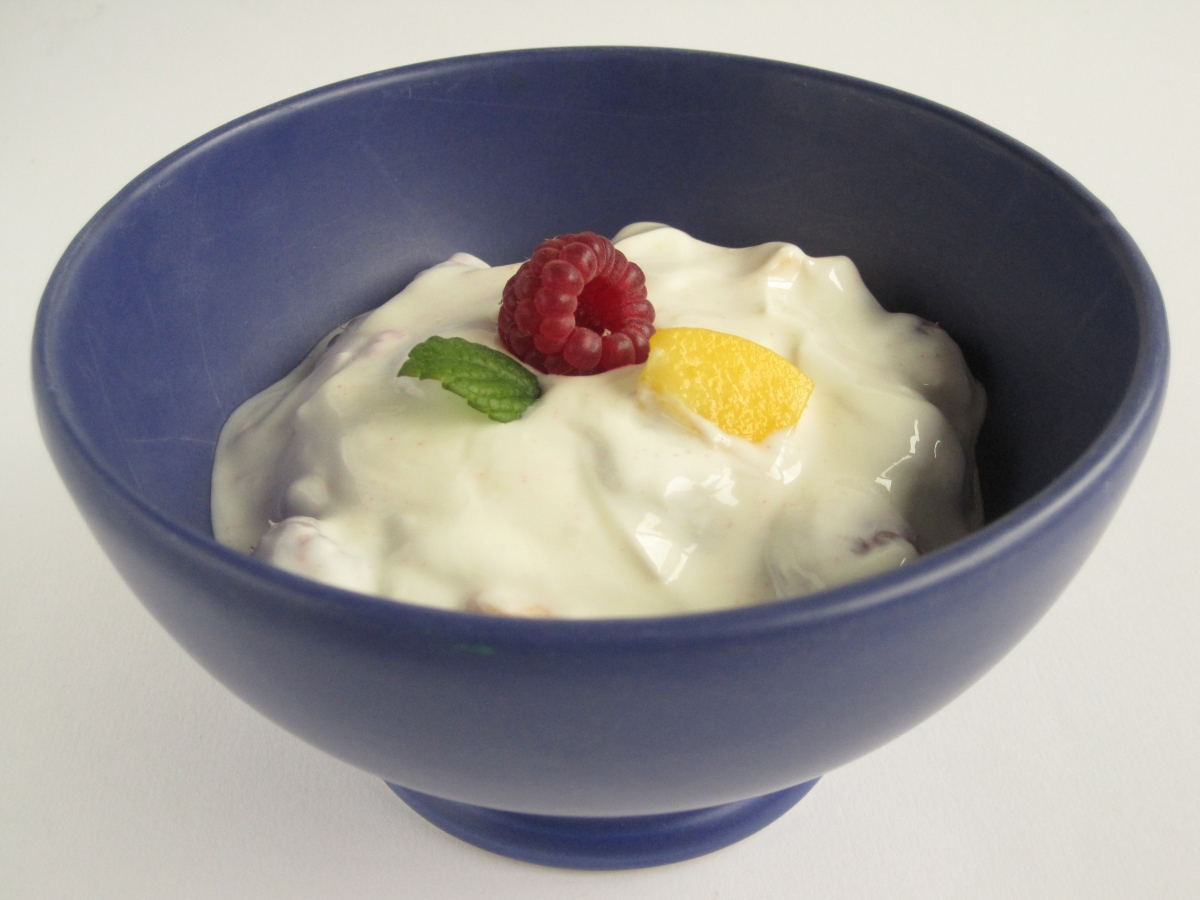The "Better Living Through Chemistry" mentality holds great influence over what we consider to be normal, even among most of us who have began to use natural alternatives. One example of this is with the use of plastic, which has definitely revolutionised the world, but in its current synthetic chemical form it is not without
harmful consequences. Although synthetic chemical-based plastics are still everywhere, in packaging, manufacturing, construction and many consumer products, more evidence is coming out which shows that it is dangerous for our health and the environment.
Some of the nastiest chemicals in conventional plastics are known as phthalates. These are used to make plastics more flexible and durable. However, they can cause neurodevelopmental problems in children, with a systematic review showing a link between higher urine levels of their metabolites and lower IQ, poor attention span, hyperactivity, poor social skills and other issues. One
phthalate, di(2-ethylhexyl) phthalate, may be cancer-causing and could also affect the development of the male reproductive system in infants.
Bisphenol A, or BPA, is a much more well-known chemical in plastic. Being easier to pronounce doesn't make it safe, as a systematic review and meta-analysis (research on the research) found that higher levels of BPA metabolites in urine is linked with diabetes, hypertension and generalised or abdominal obesity. It is also associated with asthma, ADHD in children, reproductive issues, thyroid problems, immune disorders and cardiovascular disease. BPA-free plastic often contains harmful analogs with similar effects on our hormones and nervous system. Besides plastic, BPA is also sometimes
used to line water supply pipes, metal food cans, bottle tops and other objects. Both the FDA and National Toxicology Program of the USA express concern over its effects on the brain and prostate gland.
 |
| Kigali, Rwanda. Source: Hansueli Krapf |
While it is impossible to fully avoid plastics and their chemicals, partly because of them leaching into the environment, there are ways to minimise your exposure. Using glass containers to store food and drink can go a long way in reducing exposure, for example. When shopping, it is best to buy in bulk, choose produce not wrapped in plastic (take cloth bags too) and remove food items from any plastic packaging right away. When eating outside of home, do not use plastic straws, and if possible, bring non-plastic cutlery. And remember when reheating food, to
never heat it in plastic, as this dramatically speeds its breakdown and increases the amount of chemicals leached into food.
Avoiding plastic chemicals altogether would require change on a societal level, and fortunately this is
already beginning. As early as 2008, Rwanda banned plastic bags, which has been reported to have made the small country much cleaner and more pleasant. More recently, in March this year, Kenya announced a ban on plastic bags, effective from September. Currently, 100 million are used in Kenya every year, out of one trillion worldwide. These are not the only countries with bans on bags and sometimes other disposable plastic products, and more nations and cities are joining in on a regular basis. Overall there is hope for a world with less chronic disease, and with those that remain being easier to deal with.










